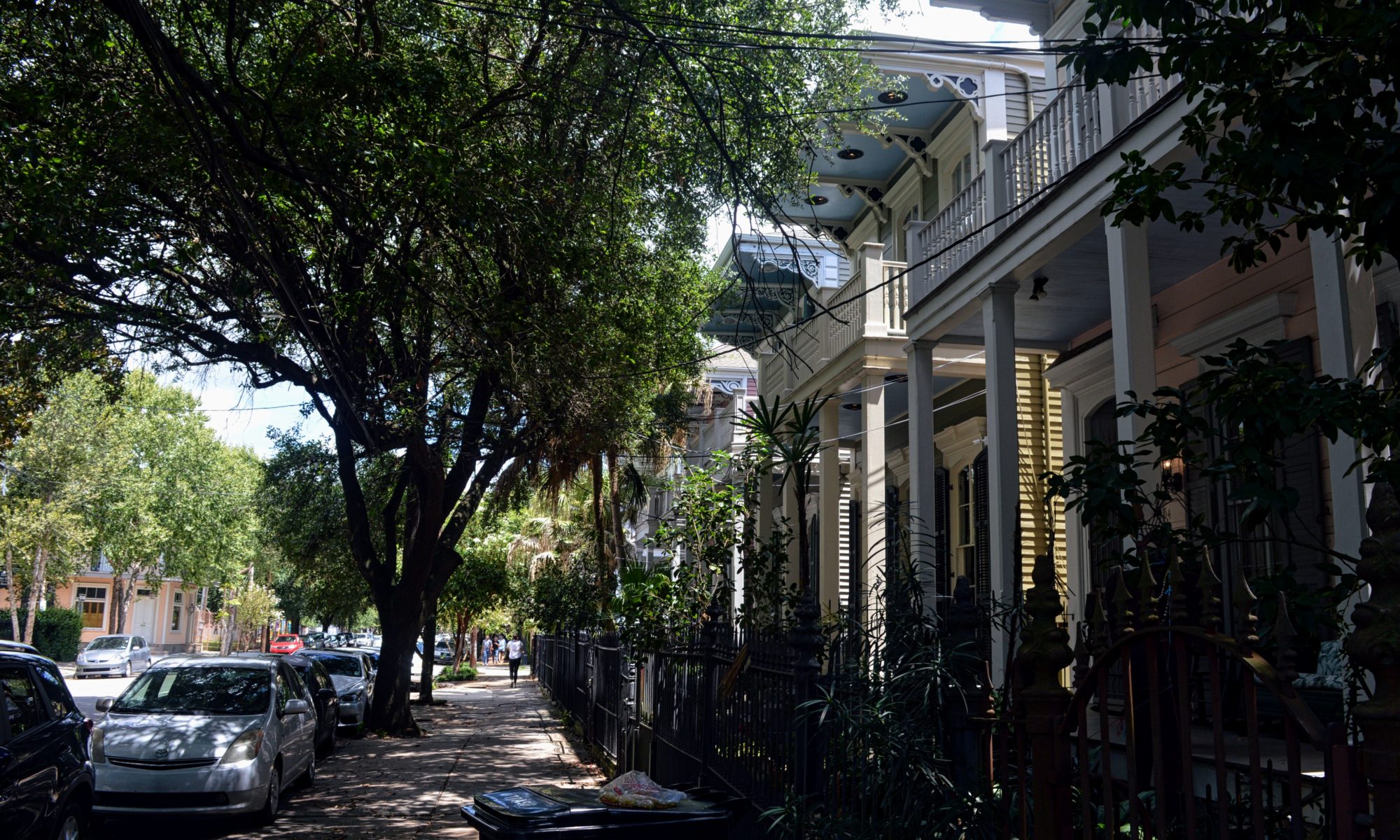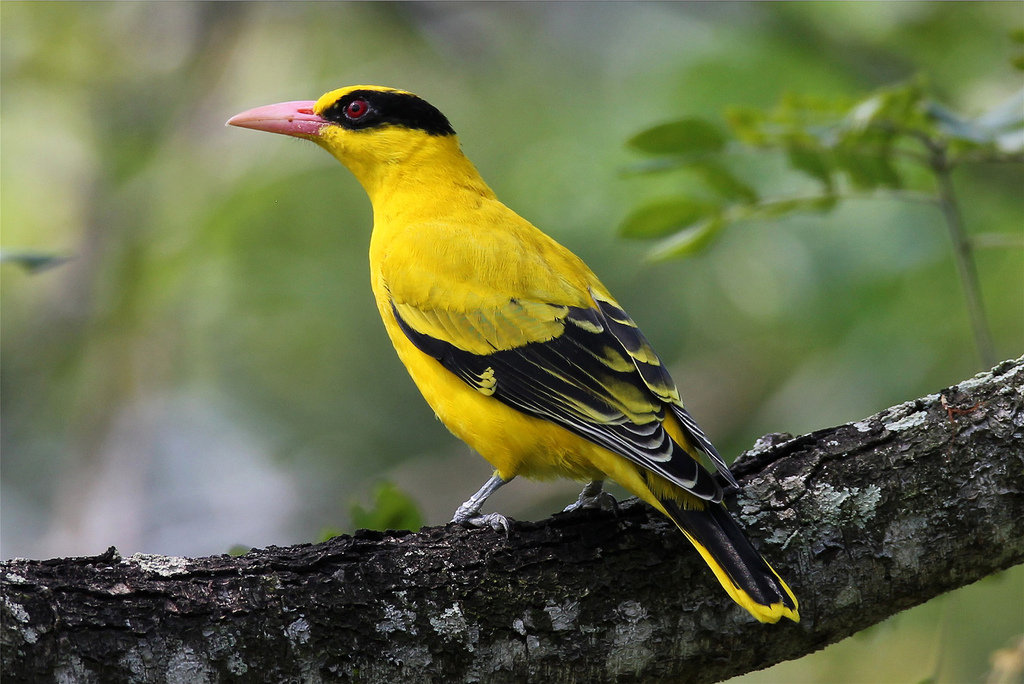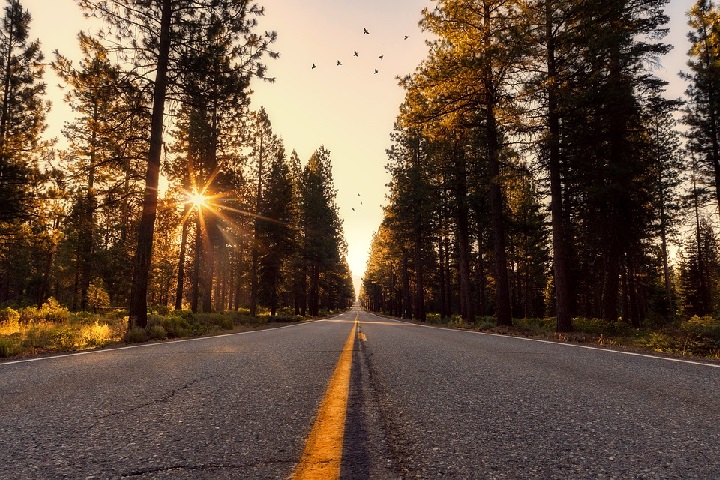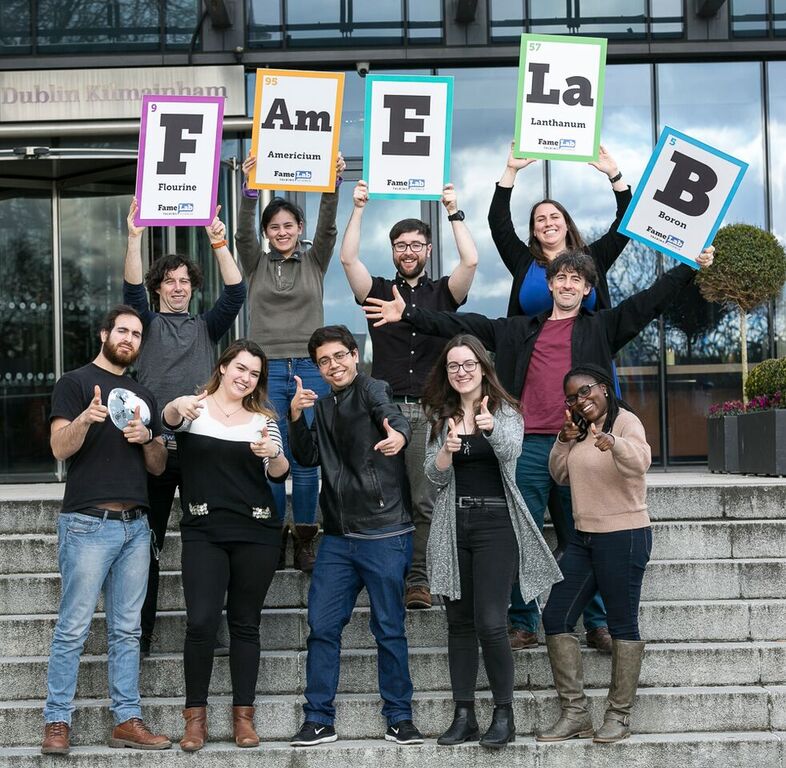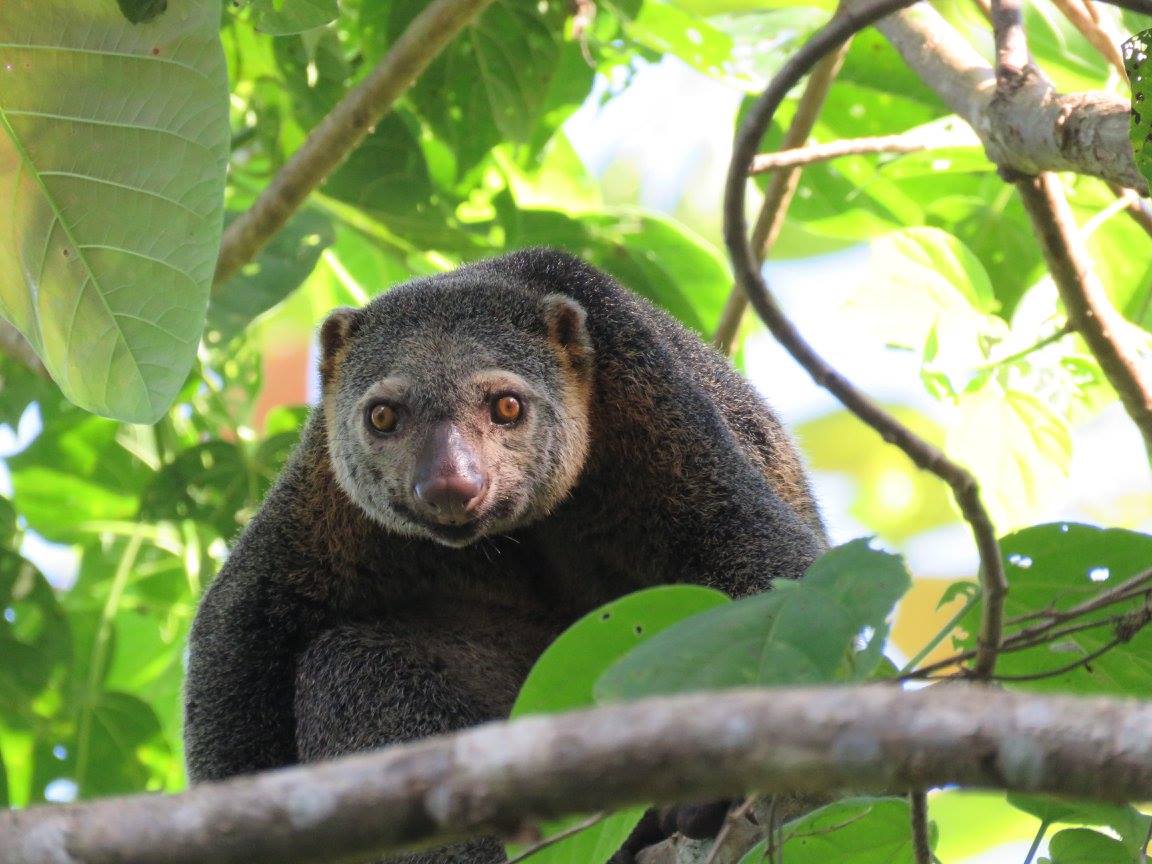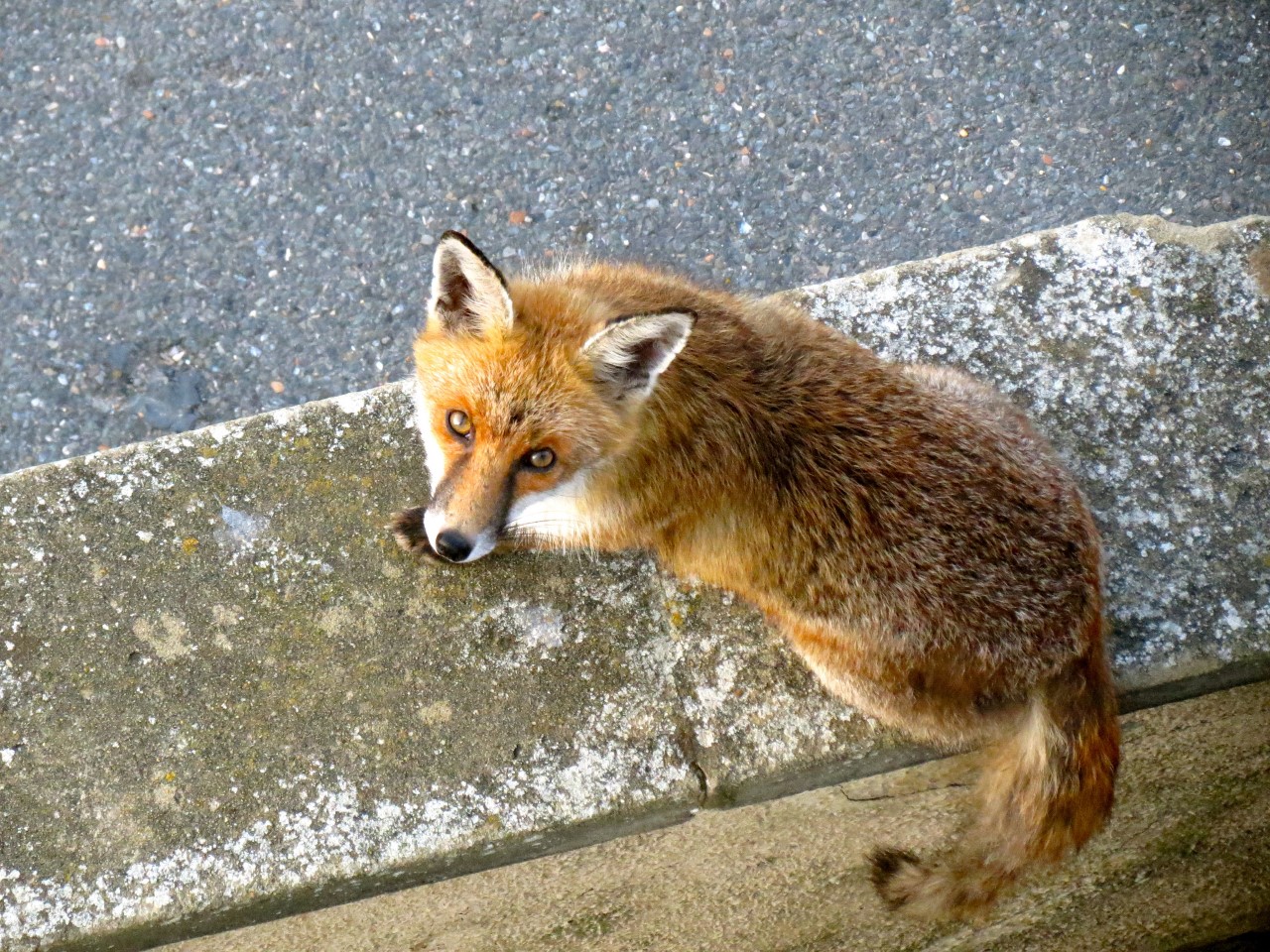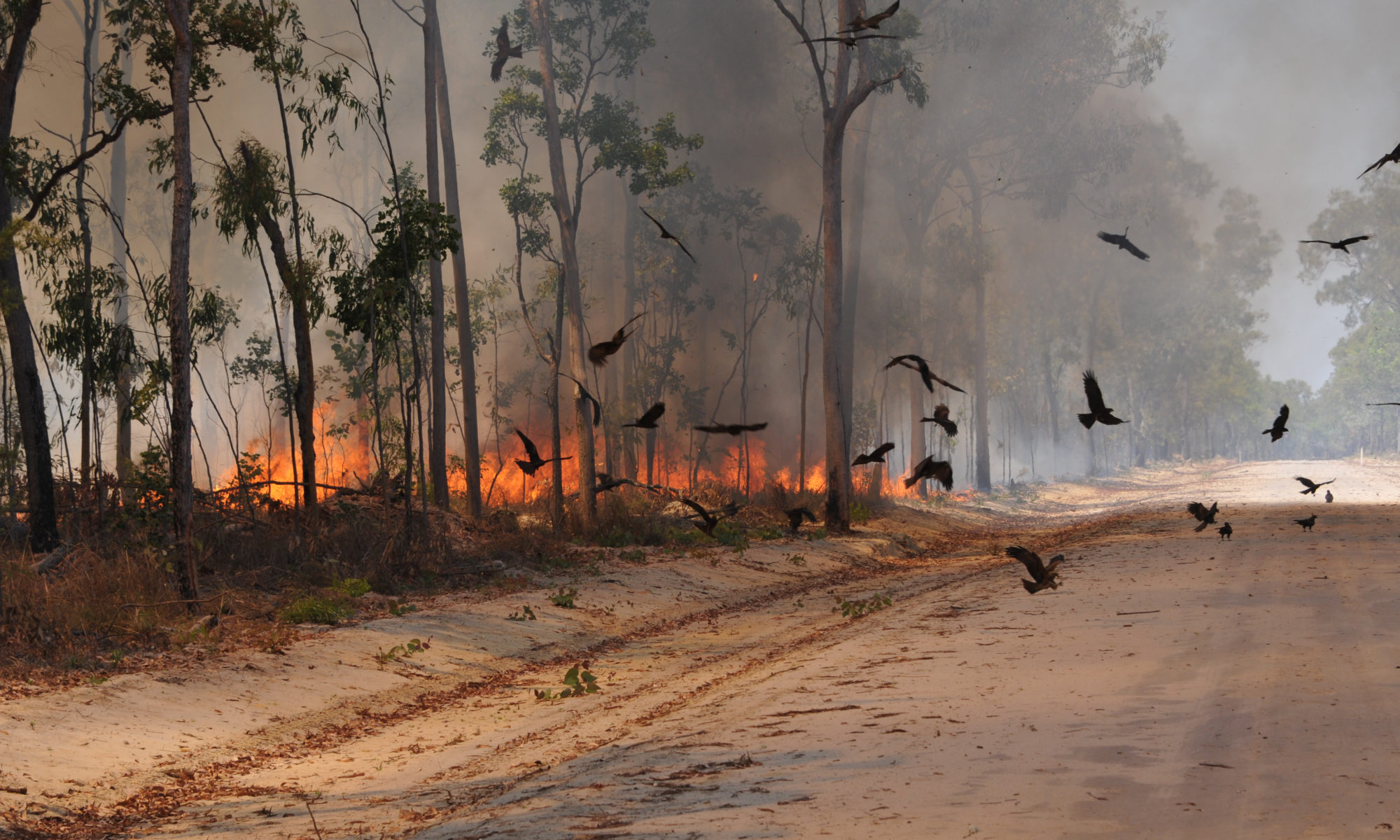It’s a hot day in early August in New Orleans, Louisiana. The beads of sweat rolling from everyone’s foreheads are a permanent fixture in this humidity. A group of drummers are joined by some brass players and an impromptu jazz performance begins. This is my first time in the U.S.A. and I really don’t know how I feel; primarily because of the jetlag. I’ve flown to the other side of the world for the largest gathering of ecologists on earth. This is the Ecological Society of America’s 103rd annual meeting (ESA 2018), where researchers from all over the world gather to share their science. Thousands of people walked the halls of the convention centre and I wondered if I’d ever see anyone I knew.
I came to ESA 2018 with five goals:
- Share preliminary results of my research.
- Meet some potential collaborators.
- Soak up some awesome science.
- Practice talking to a ‘big name’.
- Have fun!
Here’s how it went down… Continue reading “New Orleans, New Adventure”

